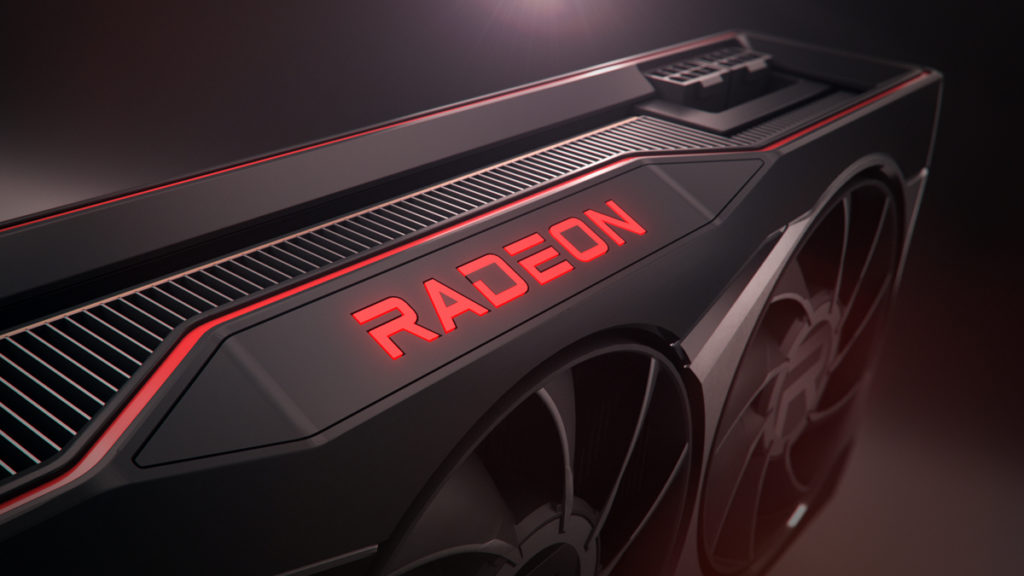At least in terms of having support for it, since it's so close to DX12, and forms a basis for Android and desktop Linux support.
OpenGL was still hugely focused on commercial work, IIRC, to the point of neglecting the gaming / real-time graphics side of things. And I'm not sure it would have mattered. Once Microsoft went feet-first into gaming, there was little reason for vendors to try to maintain an alternative.
The 'open' standards usually arise after proprietary implementations 'show the way'. And they don't always win out, and aren't always better.
Sometimes 'open' just means unfocused, with a variety of implementations that don't necessarily work together and have many 'poor' examples, such as FreeSync, which is now being standardized by Nvidia, OpenGL which was never a good fit for gaming and has been abandoned (but was also best supported by Nvidia, especially on Linux!), and speaking of Linux, every attempt at a Linux 'desktop' so far.
Sometimes people just want something that will actually get the job done. Sometimes they actually, god forbid, want the best tool for the job!
Many times it takes a leader to get that done. Not all the time; Linux, for example, has taken over the world, and I think it's only a matter of time before Microsoft ports their desktop to the Linux kernel. But it would take someone like Microsoft to actually do that and force some standardization in the stack before it will really be useful across the broad range of end-user applications.

